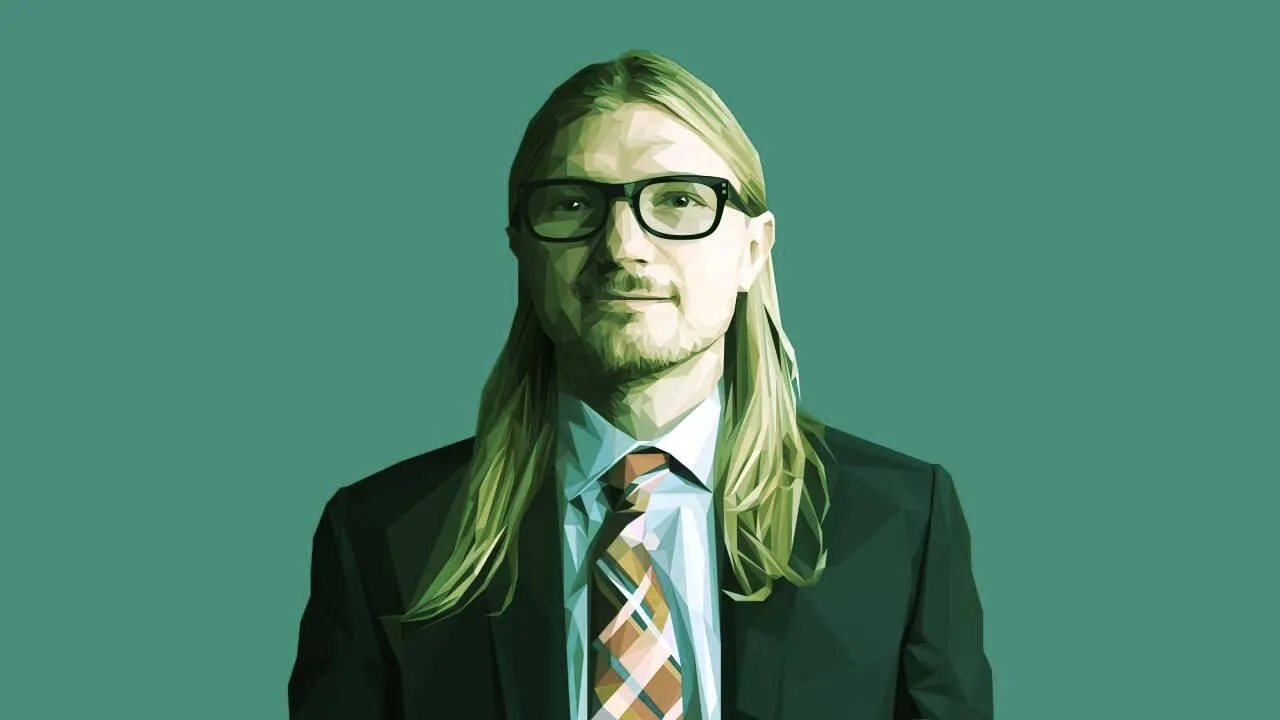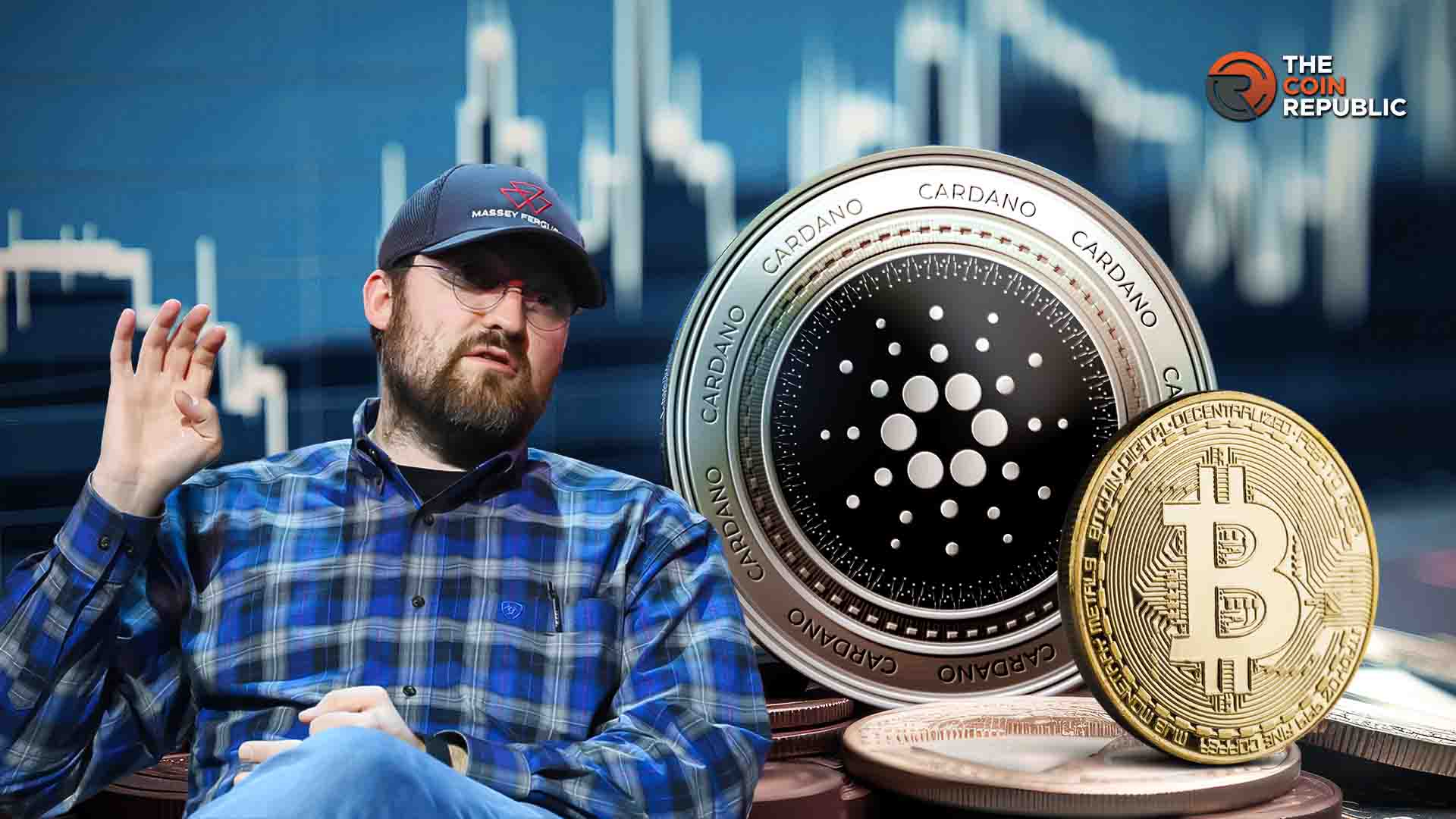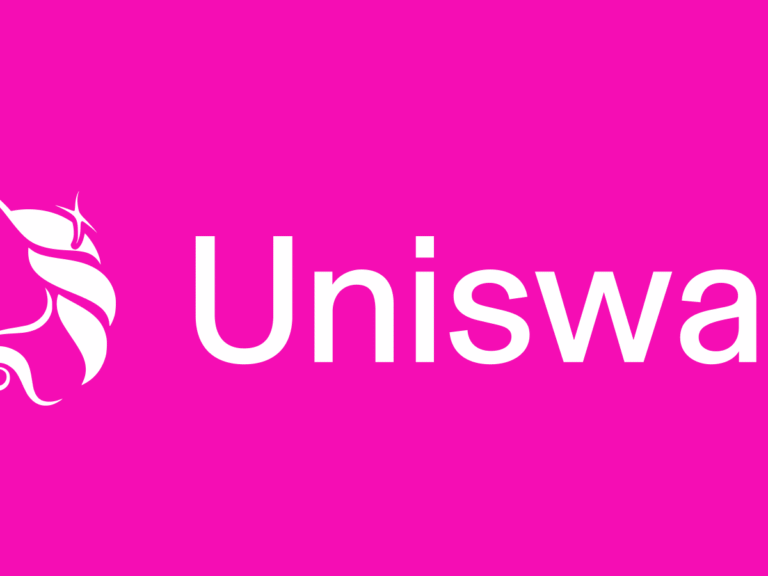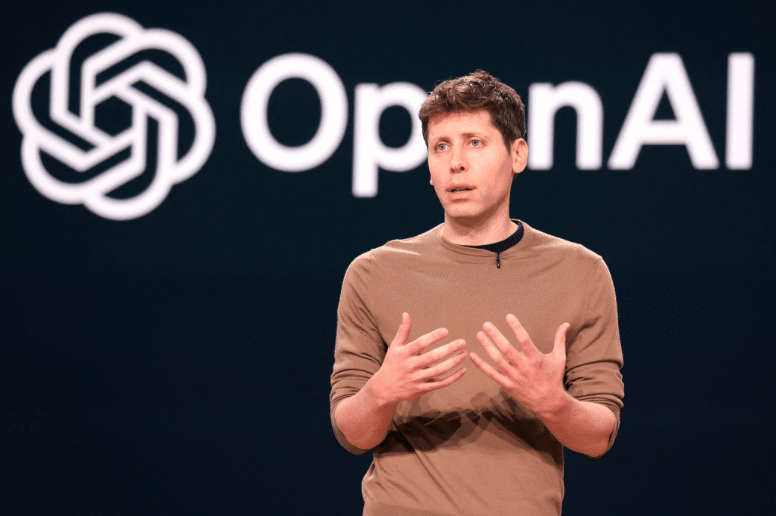In 2025, Binance stands as the most influential name in cryptocurrency — a global hub for digital trading, blockchain innovation, and financial inclusion. Founded in 2017 by Changpeng Zhao (CZ), Binance grew from a startup with an ambitious idea to the world’s largest cryptocurrency exchange by trading volume.
But Binance is no longer just a place to buy and sell Bitcoin. It has evolved into a vast blockchain ecosystem, spanning decentralized finance (DeFi), non-fungible tokens (NFTs), Web3 infrastructure, and education. To understand what Binance is today is to understand how digital finance itself has transformed in less than a decade.
The Origins of Binance
Binance launched at a time when crypto exchanges were still limited, slow, and fragmented. CZ and his co-founder Yi He envisioned a global platform that offered fast, secure, and low-cost trading for anyone, anywhere.
Within just six months of its 2017 debut, Binance became a global leader — largely due to its user-centric design, competitive fees, and the introduction of its own native token, BNB (Build and Build). Initially used to reduce trading fees, BNB soon evolved into the foundation of Binance’s entire ecosystem.
The company’s meteoric rise also reflected a larger trend: a growing demand for decentralized, borderless financial systems. By aligning innovation with accessibility, Binance quickly became the heartbeat of the crypto economy.
What Binance Offers in 2025
As of 2025, Binance has expanded far beyond traditional exchange services. It now functions as an integrated digital finance platform, connecting millions of users and developers worldwide.
1. Spot, Futures, and Margin Trading
Binance’s trading platform supports hundreds of cryptocurrencies across spot, futures, and margin markets. With deep liquidity and advanced tools, it remains the top choice for both beginners and institutional traders.
The platform’s 2025 upgrades include AI-powered trading bots and real-time portfolio optimization, allowing users to automate strategies and manage risk more effectively.
2. The BNB Chain Ecosystem
Central to Binance’s identity is the BNB Chain, a high-performance blockchain that supports decentralized applications (dApps), smart contracts, and Web3 solutions. Competing with Ethereum and Solana, BNB Chain offers low fees and high scalability, making it a popular choice for developers building DeFi and GameFi projects.
By 2025, BNB Chain is powering thousands of decentralized apps, millions of daily transactions, and a growing number of cross-chain integrations.
3. Binance Earn and Financial Tools
Binance isn’t just for traders — it’s also a platform for earning and investing. Through Binance Earn, users can stake, lend, or save cryptocurrencies to generate passive income.
The company’s financial suite includes Launchpad (for token sales), NFT Marketplace, and Binance Pay, which enables crypto payments for goods and services globally. These services make Binance a comprehensive financial ecosystem rather than a single-use trading platform.
4. Binance Academy and Global Outreach
Binance has invested heavily in education. Through Binance Academy, it offers free courses and tutorials on blockchain, trading, and Web3 technologies. This initiative, available in multiple languages, has helped millions of users understand crypto safely — particularly in developing regions.
Binance’s outreach programs also focus on financial inclusion, bringing blockchain access to emerging markets across Africa, Asia, and Latin America.
Binance and Regulation: A New Chapter
While Binance’s growth has been remarkable, it has faced its share of regulatory scrutiny. Over the years, authorities in the U.S., Europe, and Asia have questioned its compliance practices and market operations.
In response, Binance has restructured globally, launching fully licensed entities in several jurisdictions and strengthening its KYC (Know Your Customer) and AML (Anti-Money Laundering) processes. By 2025, the company operates with increased transparency, adopting proof-of-reserves audits to verify user funds and restore trust after earlier market crises.
This shift marks Binance’s evolution from a disruptive startup to a regulated financial institution — still fast-moving, but now aligned with the maturing global crypto ecosystem.
The Future of Binance: 2026 and Beyond
Looking toward 2026, Binance is positioning itself as a key player in Web3 integration — bridging traditional finance (TradFi) and decentralized finance (DeFi). The company is investing in:
- Tokenized assets that represent stocks, bonds, and real estate on blockchain.
- Decentralized identity (DID) systems for secure, privacy-preserving user verification.
- AI-driven security frameworks to detect fraud and automate compliance.
- Cross-chain interoperability, enabling users to move assets seamlessly between networks.
Binance’s future is tied to the evolution of the internet itself — toward a decentralized, user-owned model of global finance.
Conclusion: Binance as the Core of the Crypto Economy
So, what is Binance in 2025? It’s more than just a crypto exchange — it’s a global ecosystem powering the next generation of blockchain technology and financial innovation.
From its origins as a trading platform to its role in education, DeFi, and Web3, Binance has redefined what it means to participate in the digital economy. As regulation matures and adoption widens, Binance continues to balance innovation with responsibility, proving that open finance can be both scalable and secure.
In many ways, understanding Binance is understanding the crypto industry itself — dynamic, evolving, and built on the promise of a decentralized future.




